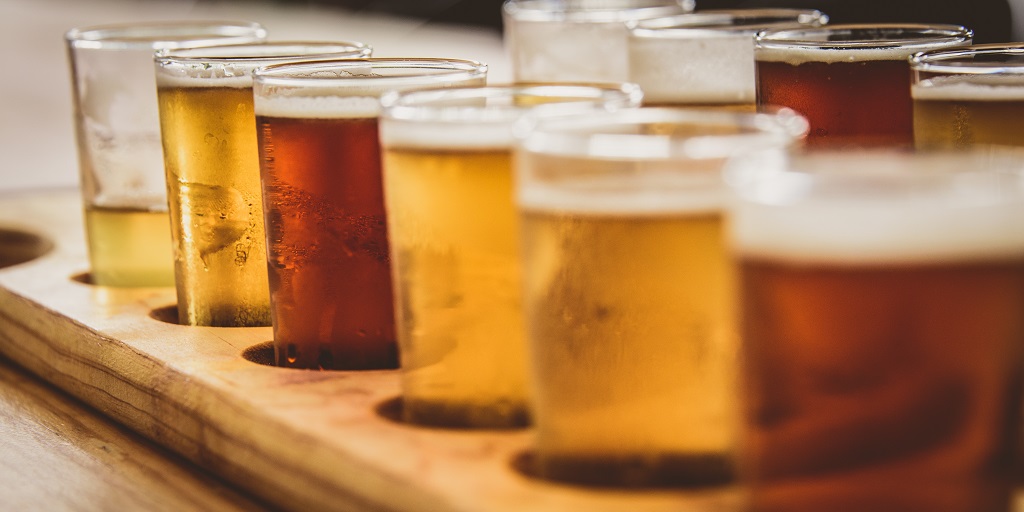
Economic constraints impact beer consumption

In data released today from Statistics New Zealand on the volume of alcohol available for consumption for the year ending December 2023, it has become apparent that the demand for beer has experienced a notable decline in the past 12 months compared to any other time in the last 15 years.
“The Brewers Association of New Zealand note the broader economic factors influencing beer consumption trends are multi-pronged, but a tight economic environment for consumer spending and increased operational costs are a core driver of this,” says Brewers Association Executive Director Dylan Firth.
“The data reveals that the total volume of beer available for consumption decreased by 4.4 percent in 2023, following a modest rise of 0.5 percent in 2022. This decline is indicative of the tightening economic constraints faced by consumers, which have undoubtedly contributed to subdued demand across various sectors, including hospitality. The adverse impact of the COVID-19 pandemic, rising costs of living, and uncertainty in the global economy have all played a role in dampening consumer spending habits.”
“Looking at the changes in volume across different categories of beer based on alcoholic content, it is clear the decline in consumption is widespread. Beer with alcohol content up to 2.5 percent experienced a decrease of 5.7 percent, while beer with alcohol content between 2.5 and 4.35 percent fell by 6.0 percent. Even beer with higher alcoholic content above 5 percent saw a decline of 3.2 percent.”
“The only bright spot was the continued growth of 0% alcohol beers which rose 8% in the last year, combining to sit at 267% growth since 2020. Showing that consumers are embracing the no alcohol options available to them.”
While these figures underscore the breadth of the challenge facing the brewing industry in New Zealand, they also show us changing trends. With beer containing around 4% abv traditionally linked to mainstream brands declining by 48% in the last 5 years, beer with up to 5% has grown by 29%, reflecting more premium and craft brands.
“Of particular concern is the disproportionate impact of declining beer consumption on the hospitality sector, which heavily relies on beverage sales to sustain its operations. As beer volumes decrease, businesses within the hospitality industry face significant revenue losses, exacerbating existing challenges posed by staffing shortages, supply chain disruptions, and regulatory pressures.”
“Part of the ongoing costs for the sector is the escalating excise tax burden, which will have risen approximately 18% in just three years to 2024, placing undue strain on brewers. With over $1.3 billion collected by the government in 2024, $440.5 million of which is derived from beer alone, this sharp increase inflates production costs and translates to higher prices for consumers, further stifling demand and adding to industry challenges amidst already difficult economic conditions.”
“Despite these challenges, it is worth noting a positive trend in the statistics related to hazardous drinking. The rate of hazardous drinking in adults decreased from 18.7 percent in 2021/22 to 16.0 percent in 2022/23, marking the lowest level on record. This decline, equivalent to approximately 110,000 fewer New Zealanders drinking harmfully, reflects the success of ongoing efforts to promote responsible drinking behaviours.”
“As representatives of the brewing industry, we acknowledge the importance of fostering a culture of moderation and responsible consumption within our communities. However, it is also essential to recognise the broader economic realities that impact beer consumption trends. Addressing these challenges will require collaborative efforts between industry stakeholders, policymakers, and community organisations to support the resilience and sustainability of New Zealand’s brewing sector.”



